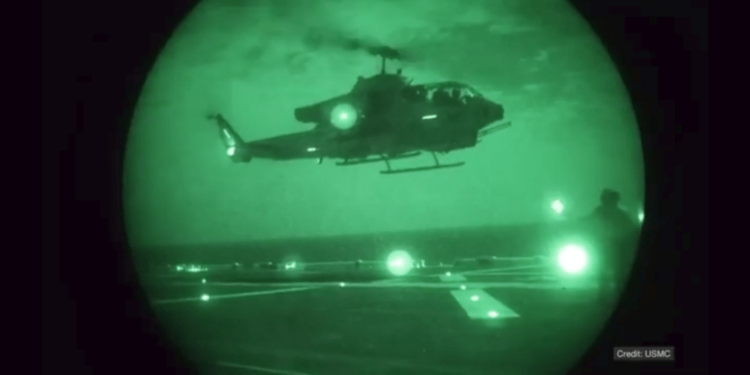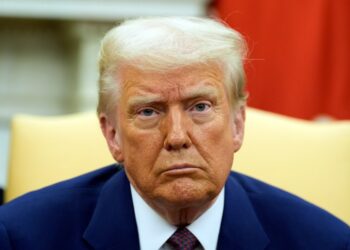
ARLINGTON, Va. (DC News Now) — DC News Now has found complaints filed with federal aviation officials dating back to at least 2015, as well as a four-year-old video posted by the Federal Aviation Administration (FAA) that cited visibility issues for helicopter pilots when wearing night vision goggles.
The findings come after the National Transportation Safety Board (NTSB) acknowledged Friday that the Army Black Hawk helicopter crew likely wore night vision goggles during their training flight, before colliding with an American Airlines passenger jet two weeks ago.
“The helicopter crew was likely wearing night vision goggles throughout the flight,” said NTSB Chair Jennifer Homendy, during Friday’s briefing. “Had they [night vision goggles] been removed, the crew was required to have a discussion about going unaided. There is no evidence on the cockpit voice recorder or CVR [cockpit voice recorder] of such a discussion.”
Pilots have long reported visibility issues when wearing night vision goggles in urban areas, where light pollution can distort what is seen at the time.
A video posted on the FAA’s YouTube account four years ago acknowledges a similar problem, saying, “pilots using night vision goggles are unable to see certain lights. The inability to see lights that would be visible with the naked eye, but are invisible when using goggles have created a safety issue for helicopter pilots.”
The video notes that FAA researchers were “evaluating new technologies that can be used with the goggles to enhance visibility.”
A complaint filed in 2016 alleges a helicopter pilot took “evasive action” to avoid hitting another Black Hawk helicopter during a training mission at an unknown airport.
The complaint, filed with NASA’s Aviation Reporting System (used for commercial, private and military pilots and personnel to report flight abnormalities), said “it is often difficult to judge distances at night under NVGs, (Night Vision Goggles).”
A 2015 complaint, also filed after an incident at an unknown airport, said a student pilot nearly hit another helicopter, saying the other aircraft was difficult to see, and while wearing night vision goggles.
Michael Sagely, a longtime Black Hawk helicopter pilot, previously told DC News Now that the use of night vision goggles, “might not be the direct cause [of the crash] but it certainly could be a potentially contributing factor.”
“Goggles actually make it worse down there,” said Darrell Feller, a retired U.S. Army National Guard pilot on conditions near Reagan National Airport (DCA). “It’s so bright still, a lot of times we would flip our goggles up going through that area.”
The revelation about the night vision goggles likely being worn by the Black Hawk crew two weeks ago was not the only new development shared Friday.
Homendy said the helicopter crew may not have heard a critical direction from the air traffic control tower to pass behind the American Airlines jet, because the helicopter crew’s microphone may have been on briefly, and cancelled out audio coming in.
“Seventeen seconds before impact, radio transmission from the tower was audible on both CVRs, directing the Black Hawk to pass behind the CRJ [jet]. CVR data from the Black Hawk indicated that the portion of the transmission that stated, ‘pass behind the’ may not have been received by the Black Hawk crew,” Homendy said.
Homendy also confirmed that the helicopter’s surveillance interface system with the air traffic control tower was not working, and officials are working to figure out why.
The NTSB said they plan to conduct a “visibility study” into what may have been seen from the cockpits of both flights, including what may or may not have been seen by the helicopter crew if they wore night vision goggles.







